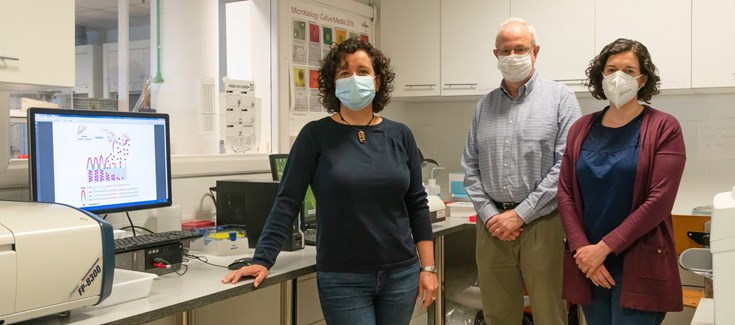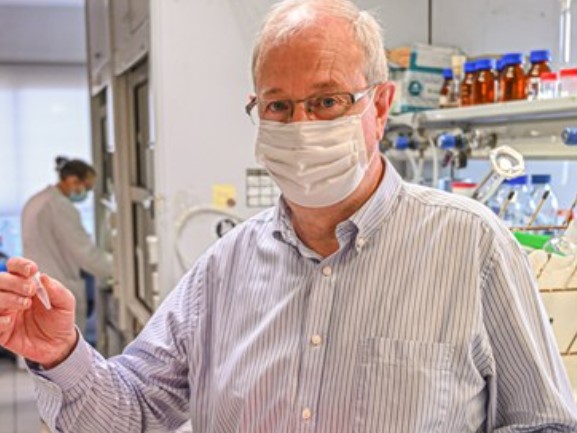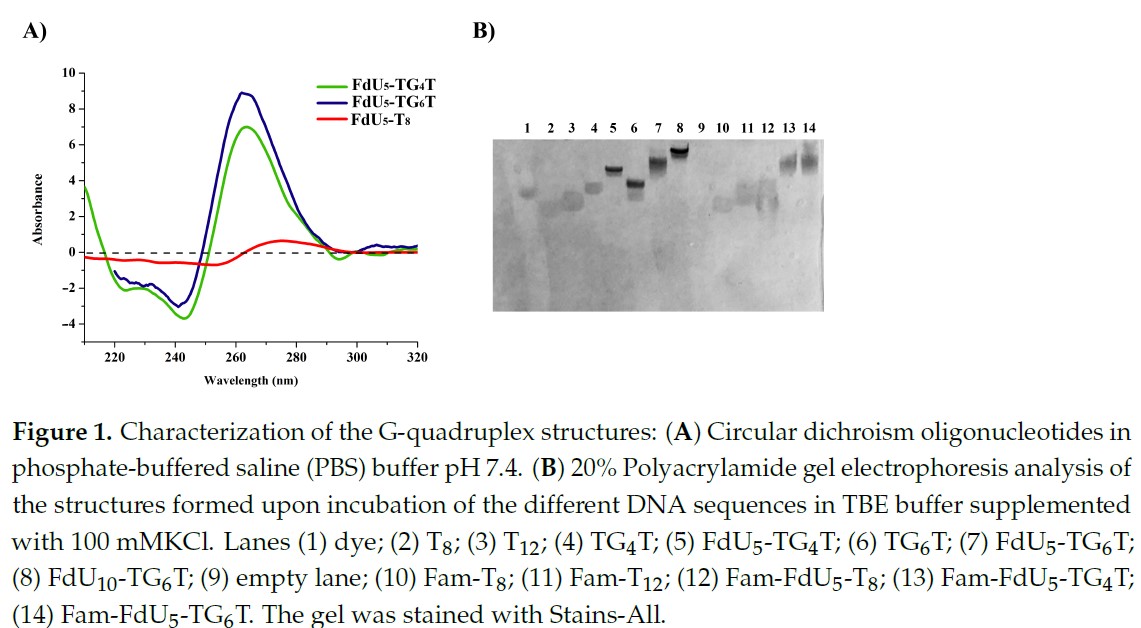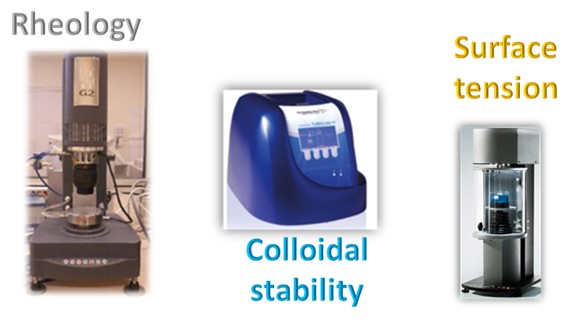New device for more efficient gluten detection
About 1% of the world’s population suffers from celiac disease, a complex and autoimmune disorder caused by ingestion of gluten and for which there is no treatment beyond its elimination from the diet. In Spain every May 27, the National Celiac Day is commemorated to publicize the disease and give visibility and support to people with celiac disease.
The detection of gluten becomes a key element for celiac patients to control the disease, as well as for the food industry, whose regulation requires declaring its presence in food. In this line, a team of researchers coordinated by the professor of the Polytechnic University of Valencia (UPV) and scientific director of the CIBER of Bioengineering, Biomaterials and Nanomedicine (CIBER-BBN), Ramón Martínez Máñez, are working on the development of intelligent methods for the gluten detection, to avoid the involuntary ingestion of this protein and also collaborate with the regulation and the fight against fraud in the food industry.
Recently published work in Analytica Chimica Acta presents a new system that enables rapid detection of gluten through a simple signaling process. As the authors state, it could be the basis for the development of portable, fast, sensitive and easy-to-use systems for the control of gluten in foods.
“The biosensor is composed of a nanoporous anodic alumina film loaded with a fluorescent dye and covered with an aptamer (DNA or RNA molecule) that specifically recognizes gliadin, which is the soluble protein of gluten” explains M. Carmen Martínez Bisbal, professor from the University of Valencia (UV) and researcher at the CIBER-BBN and the Interuniversity Institute for Research on Molecular Recognition and Technological Development (IDM UPV-UV) and one of the authors of the work. “In the presence of gliadin, the aptamer moves from the surface of the biosensor, resulting in the opening of the pores and the release of the signaling dye” adds Sara Santiago Felipe, researcher at the La Fe Health Research Institute, CIBER-BBN and the IDM UPV-UV and also author of the work.
The new sensor has been validated in real food samples, allowing the detection of gluten through a simple signaling process, with great potential for use in food control. “We have found that it has a detection limit of 100 µg kg-1 of gliadin, good selectivity and a detection time of 60 minutes,” explains Luis Pla, first signatory of the work and researcher at CIBER-BBN and IDM UPV-UV.
“Our results can be the basis for developing portable, simple, fast and sensitive systems for the detection of gluten, which can be easily adjusted through the use of different molecules, offering great potential for allergen testing” concludes the scientific director of the CIBER-BBN and NANBIOSIS Unit 26 Ramón Martínez Máñez.
Article of reference:
Luis Pla, M. Carmen Martínez-Bisbal, Elena Aznar, Félix Sancenón, Ramón Martínez-Máñez, Sara Santiago-Felipe, A fluorogenic capped mesoporous aptasensor for gluten detection, Analytica Chimica Acta, Volume 1147, 2021, Pages 178-186, ISSN 0003-2670, https://doi.org/10.1016/j.aca.2020.12.060

















